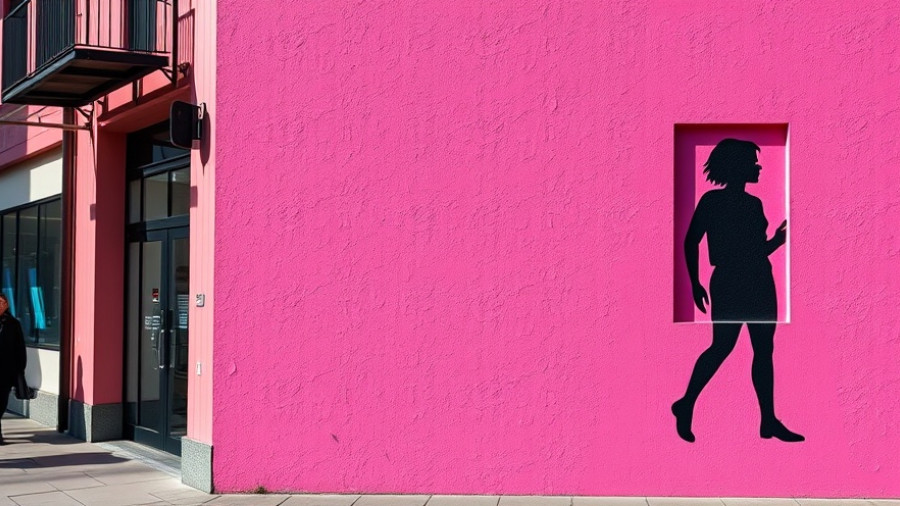
Understanding Sleep Apnea and Its Treatment Options
Sleep apnea is a serious sleep disorder that affects many individuals, especially children and their parents. It occurs when a person experiences pauses in breathing or shallow breaths while sleeping. These interruptions can last for several seconds or even longer, affecting sleep quality for both the individual and anyone nearby. This article simplifies the difference between two common devices: CPAP (Continuous Positive Airway Pressure) and BiPAP (Bilevel Positive Airway Pressure) machines, to help families find the right equipment for their loved ones.
What is CPAP?
CPAP uses a single pressure setting to keep the airway open during sleep. It's the most common treatment method for sleep apnea, especially for those diagnosed with obstructive sleep apnea (OSA). CPAP is designed to provide constant airflow, ensuring you breathe properly throughout the night and get the quality sleep needed for effective rest and recovery. The consistent pressure allows the user to maintain a stable breathing pattern, which is crucial for overall health and well-being.
Understanding BiPAP: A Game Changer for Some
BiPAP offers two different pressure settings: one for inhalation and another for exhalation. This feature can be particularly helpful for individuals who struggle with the constant pressure of a CPAP machine, especially children. With BiPAP, the breath out feels easier and more natural, making it a good option for those with certain respiratory issues or for those who find CPAP uncomfortable.
Why Sleep Health Matters for Families
Quality sleep is essential for proper growth and development in children, as well as for improving focus and productivity for parents. Parents often juggle many responsibilities while ensuring their children get healthy sleep. A consistent bedtime routine, combined with understanding each child's sleep needs, can significantly improve sleep quality.
Personalizing the Choice: How to Decide Between CPAP and BiPAP
Choosing between CPAP and BiPAP can be overwhelming. It ultimately depends on several factors, including the child's specific sleep apnea type, comfort level, and respiratory health. Consulting with a sleep specialist can guide families through this decision. They can provide personalized recommendations based on individual needs and help optimize the child's sleep environment, promoting healthier sleep hygiene.
The Impact of Socioeconomic Factors on Sleep Quality
Socioeconomic status often influences access to sleep care resources, including medical evaluations and equipment. In urban areas, families may have better access to sleep clinics, while rural homes may face unique challenges regarding technology and treatment availability. It’s crucial for communities to advocate for better sleep education resources to level the playing field for everyone, as sleep health directly impacts overall health.
Future Trends in Sleep Care Technology
The future of sleep care continues to evolve with advancements in technology. Innovative devices that enhance custom sleep solutions are on the rise. Metrics related to sleep tracking and analytics are becoming mainstream, helping families understand sleep patterns and make proactive changes to improve sleep health. Tools such as sleep apps provide flexibility and accessibility for monitoring sleep at home.
Creating a Comfortable Sleep Environment for Kids
A comfortable and fully optimized sleep environment is key to overcoming sleep disorders. Parents should focus on minimizing noise factors and ensuring proper air quality in bedrooms. Implementing bedtime routines that include reading or relaxation techniques, like yoga and mindfulness, can create a soothing atmosphere conducive to restful sleep.
The Importance of Research and Support in Sleep Medicine
Continued research into sleep-related health problems highlights the necessity of effective treatment methods. As different sleep disorders, including narcolepsy and restless leg syndrome, gain recognition, the need for community awareness campaigns becomes essential. Sharing information about available treatments and effective management strategies can empower parents to make informed decisions regarding their child's sleep health.
Understanding sleep apnea and the available treatment options is the first step toward better health. As parents and caregivers, seeking advice from sleep specialists can be the key to making the right choice between CPAP and BiPAP machines. Remember, prioritizing sleep hygiene can enhance sleep quality, leading to happier, healthier families.
 Add Row
Add Row  Add
Add 




Write A Comment